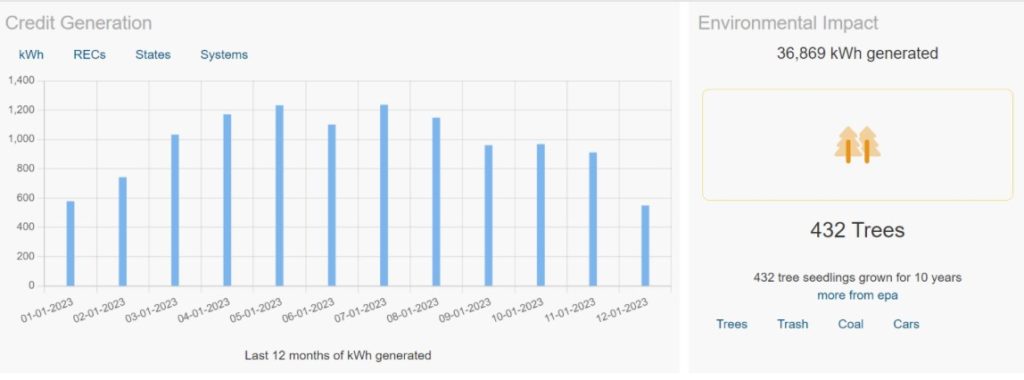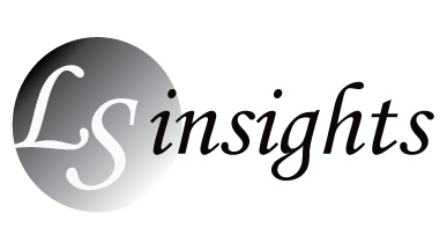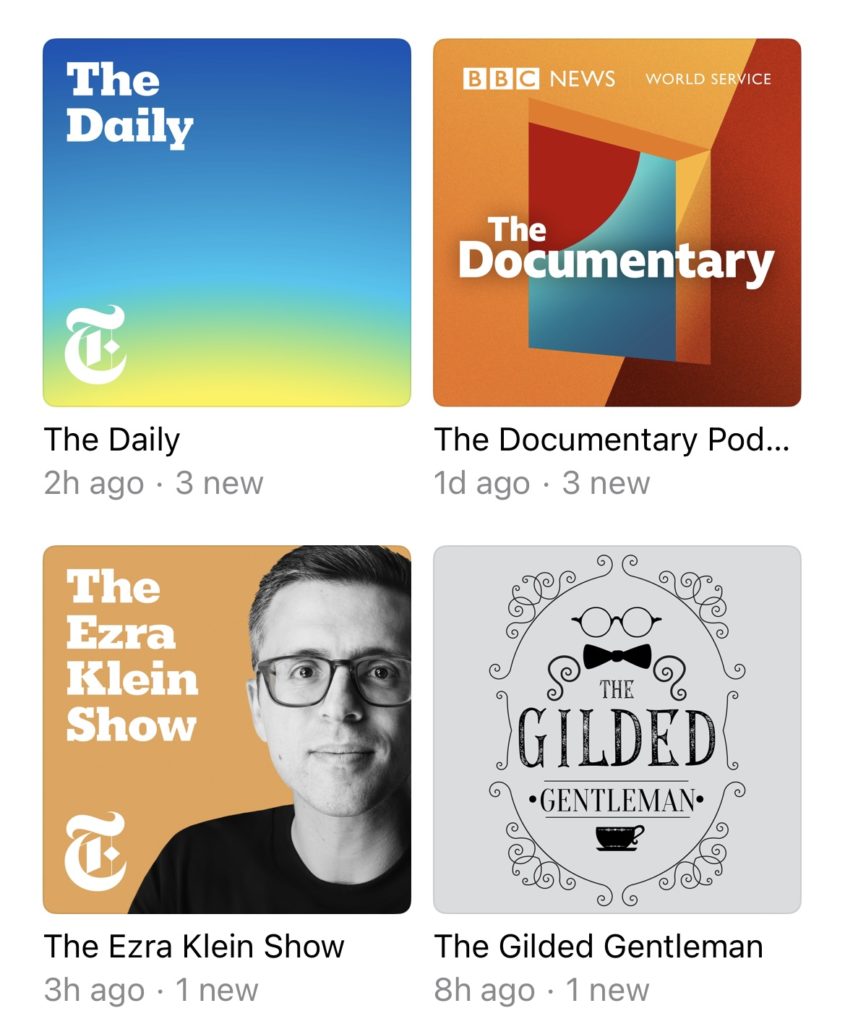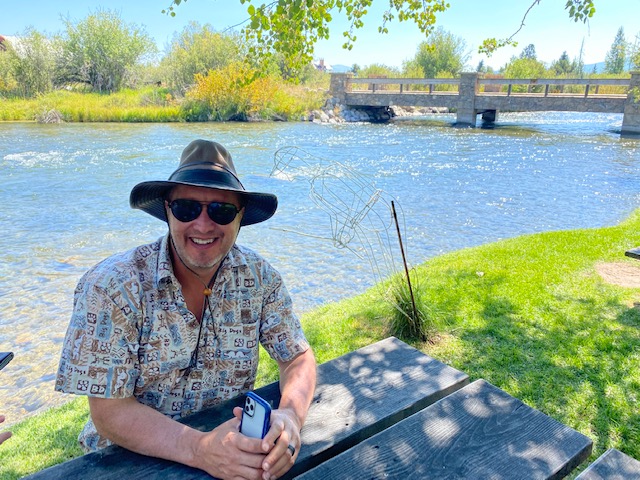
This blog updates a November 2021 blog I wrote about “My First Year with Solar.” It’s now been a full three years that my family has had solar panels on our roof. I want to report not only on what’s it’s been like but also how it’s felt. For those who want my version of a solar 101, please see my earlier blog, in which I dig into the details of how we came to our purchase decisions – calculations and all.
Our path to Solar
Having solar on our roof has been fantastic. Instead of focusing on an upgraded countertop or fancy furniture or car, my husband and I decided to put our money where our values are. We paid in full for our solar system, but others without the upfront funds or without a sunny roof, could finance it through green bank programs or purchase community solar (see below).
Some view solar panels as ugly. Not me. I love approaching my home and seeing all 28 panels producing electricity. It’s fun to monitor my app that tells me every day (updated every 15 minutes) how much my system is producing. I like getting my SREC (solar renewable energy credit) payment each month for the solar I produce.
It’s especially gratifying receiving a tiny bill (usually about $8 to cover distribution charges) during the warmest months of the year, when many of my friends complain about their costly electricity bills. Of course, it’s at the sunniest and warmest time of year when my system produces more than enough electricity to power my home and gives a lot back to the grid.
When I worked at the US Department of Energy (DOE), we did a study that showed that once one takes the first step toward climate action, they are highly motivated to take further, more substantial action.
For me this started around 2006 when we purchased our first Prius, a hybrid vehicle that was considered cutting edge. It felt good to thumb our noses at the anti-climate Bush 43 Administration. We then took advantage of every dollar available to increase energy efficiency in our home with the Recovery Act of 2009. We started with the requisite energy audit and blower door test to provide a baseline of what was happening in our home. What followed was air sealing and blown insulation in our attic, as well as ensuring our windows were caulked to prevent unwanted air flow. These all resulted not only in reduced electricity use and bills, but also increased comfort.
When Montgomery County, the Maryland county we live in, started a co-op to help purchasers understand solar and lead a process to find a competent installer that would also provide a volume discount for homeowners, we went for it. After about six months – from initial education session to installation – our system was turned on in November 2020.
We’ve added to our environmental practice with a weekly composting service and purchasing a plug-in hybrid vehicle (PHEV) last January. We haven’t gone all the way to a fully electric vehicle because of our range anxiety, but we likely will buy one next time we replace a car.
Latest stats
Figuring out our precise pay-back is not easy because it’s hard to calculate our precise consumption relative to our solar production. Our electricity bill displays our consumption and our excess production, but it doesn’t include the solar we’re using in our consumption. So, in figuring our current pay-back, 2019 data is needed for comparison. This is inexact given that our usage has changed somewhat (kids no longer live in our home part of the year, we have a PHEV car, the weather is variable year to year, etc.), but here’s my updated estimate.
In my 2020 blog, I showed a 5.6-year payback. My latest calculation reveals a slightly lower payback of 5.72 years (undiscounted). What’s changed is the relative price of electricity – mostly up – both for the 50% wind we pay for and even standard offer rates. Also, SRECs in 2021 fetched +$70 and now are more in the +$50 range. We are now powering our PHEV car rather than buying gasoline most of the time, so that increases our electricity use (and reduces our gasoline bills, which I haven’t factored into our pay-back). I expect SRECs to stay in the $50 range or go down as solar becomes more common place. Note that our payback would have been faster had we had the 30% tax credit available now instead of the 26% that existed in 2020. Still, our system will be paid back in less than 3 years from now, and then continue to generate for 15-25 years, as electricity prices are expected to continue to rise.
Be Inspired, not shamed
It’s not my intention to shame anyone who hasn’t gotten on the climate band wagon. Lack of information and inertia are huge impediments to getting started. I spent thirty years working on climate change, so I was more knowledgeable and motivated to jump into this.
This blogpost is meant to inspire interest and hopefully action. It feels great to be doing our part to lower our impact on the environment, especially as we have all begun experiencing the effects of climate change. The possibility of extreme weather events needs to be factored into vacation and other decisions as never before. For example, shoring up our homes to withstand extreme rainfalls will help avoid wet basements, mold and sump-pump failures. I’ve become more mindful about vacation planning, such as avoiding July-August travels to Europe given increasingly hot summers (and less than robust air conditioning).
My husband and I are traveling much more now that we’re both retired, so our effort to lower our personal climate footprint helps atone for the CO2 we’re emitting while flying and driving long distances. We know we have more progress to make – we still use our sunroom (my art studio…) that uses relatively more electricity during the hottest and coldest days, although we’ve installed a much more efficient ductless mini-split than our older, extremely inefficient baseboard heater. Up next: going as fossil fuel-free as possible as we investigate replacing our natural gas water heater, furnace, and stovetop – thanks to another Montgomery County program. This next step is more nerve-wracking, especially in anticipation of any power outages we may have (a la extreme weather…). At some point soon, we hope to have solar-powered battery backup too.
Climate change truly is the existential crisis we’ve all heard about. We don’t get a second chance to reverse course. Our grandkids will want to know what we did to stave off this crisis. Luckily, the Inflation Reduction Act (IRA) provides rebates and tax credits to make it easier than ever for individuals, businesses, and cities to take climate action. The IRA represents a huge investment in helping us help ourselves and is the single biggest tranche of funds ever spent by any government to stimulate climate action. No matter what you plan for your next step, it pays to learn as much as you can before jumping in.
I’d be happy to speak with anyone who wants to learn more about my climate action journey.
For more information about solar energy or community solar:
How to get started with Solar for your home
For help in purchasing solar for your home or community solar, check out Solar United Neighbors, which is the non-profit that ran the co-op that got us started:
For folks in Montgomery County, MD, check out this site and this link to Electrify MC










